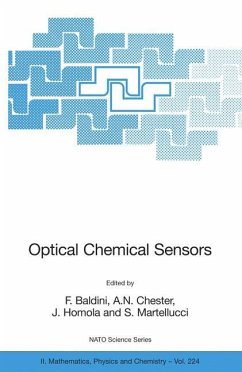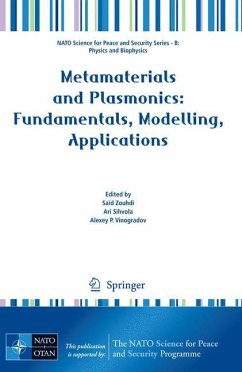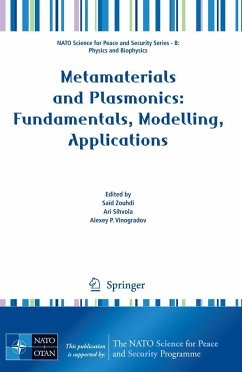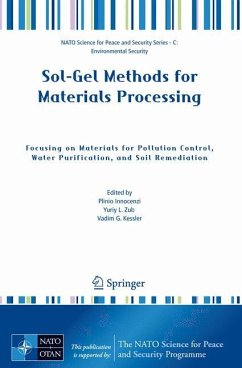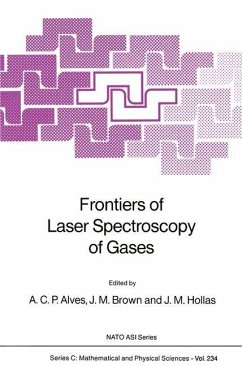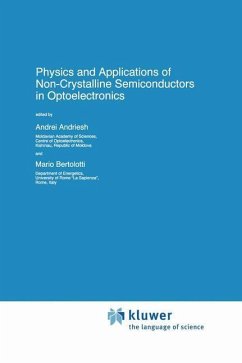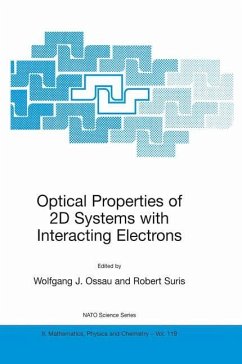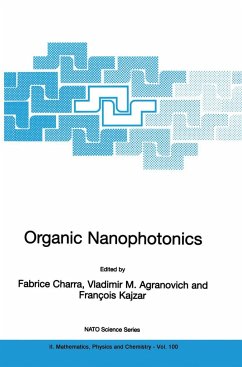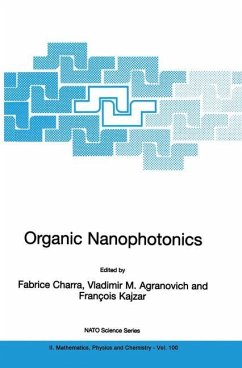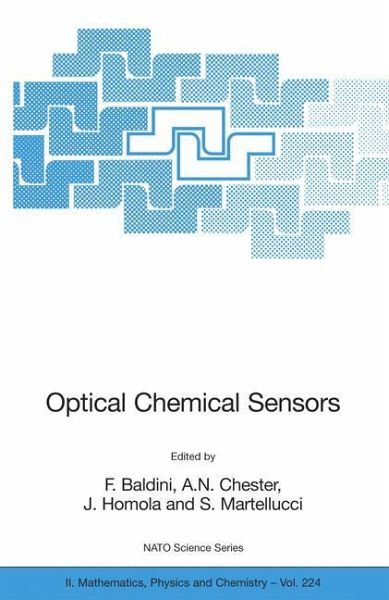
Optical Chemical Sensors
Versandkostenfrei!
Versandfertig in 6-10 Tagen
226,99 €
inkl. MwSt.
Weitere Ausgaben:

PAYBACK Punkte
113 °P sammeln!
Chemical sensing using optics is under extensive research all over the world and many optical chemical sensors are finding increasing application in industry, environmental monitoring, medicine, biomedicine and chemical analysis. This is evidenced by an annual growth in the number of international scientific conferences in which advances in the field of optical chemical sensors are reported. These conferences, are, however, focused on disseminating the latest scientific results rather than providing in-depth education in the field of optical chemical sensors. In addition, the topic of optical ...
Chemical sensing using optics is under extensive research all over the world and many optical chemical sensors are finding increasing application in industry, environmental monitoring, medicine, biomedicine and chemical analysis. This is evidenced by an annual growth in the number of international scientific conferences in which advances in the field of optical chemical sensors are reported. These conferences, are, however, focused on disseminating the latest scientific results rather than providing in-depth education in the field of optical chemical sensors. In addition, the topic of optical chemical sensors is only just beginning to find its way into the curricula of universities and colleges in Europe and in the US. Due to the prominence that optical sensors are assuming, it has become more and more important to establish a framework for discussion and interchange, in addition to traditional conferences, to aid research and education in this important field. In the summer of 2004, the NATO A. S. I. on the subject "Optical Chemical Sensors" was organised in Erice, Sicily. This NATO A. S. I. was th the 40 Course of the International School of Quantum Electronics, under the auspices of the "Ettore Majorana Foundation and Center for Scientific Culture" and was directed by Dr. J. Homola of the Institute of Radio Engineering and Electronic (IREE) of the Academy of Sciences in Prague and by Dr. F. Baldini of the "Nello Carrara Institute of Applied Physics" (IFAC-CNR).





